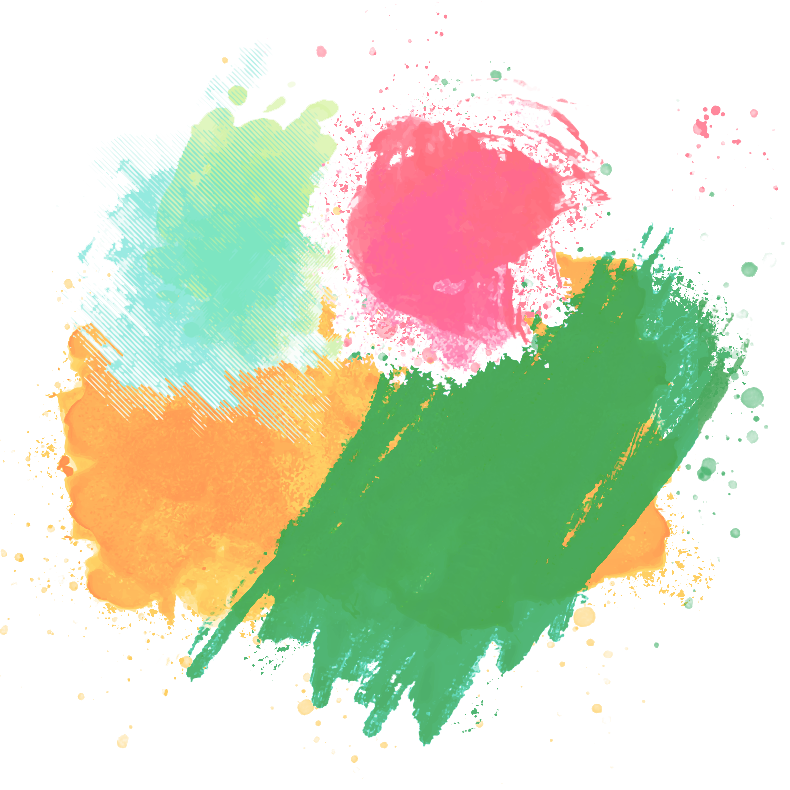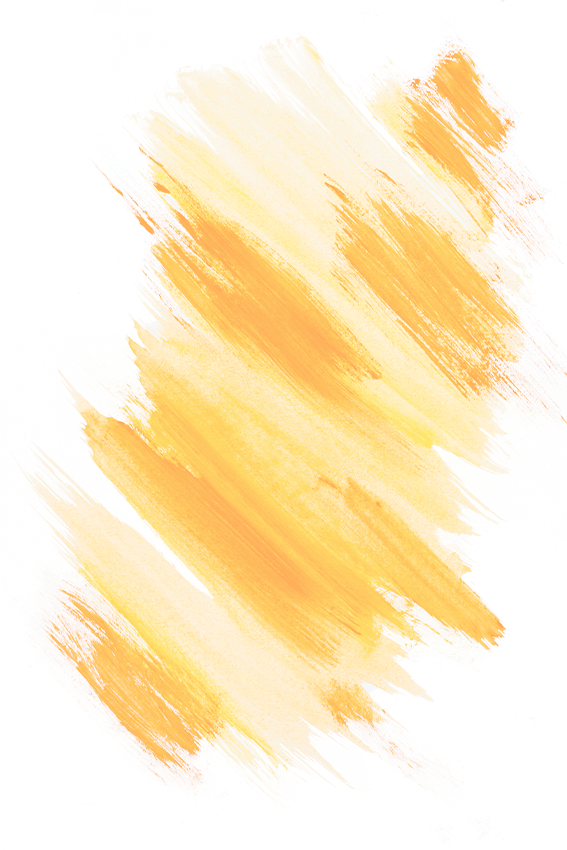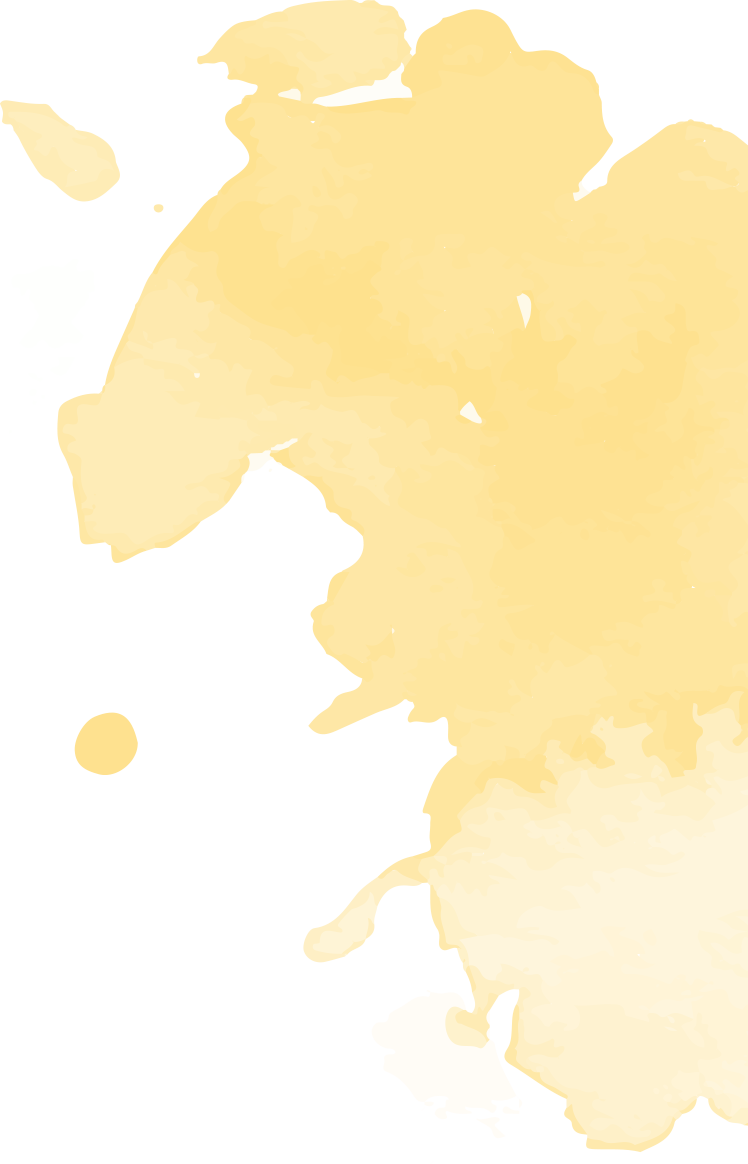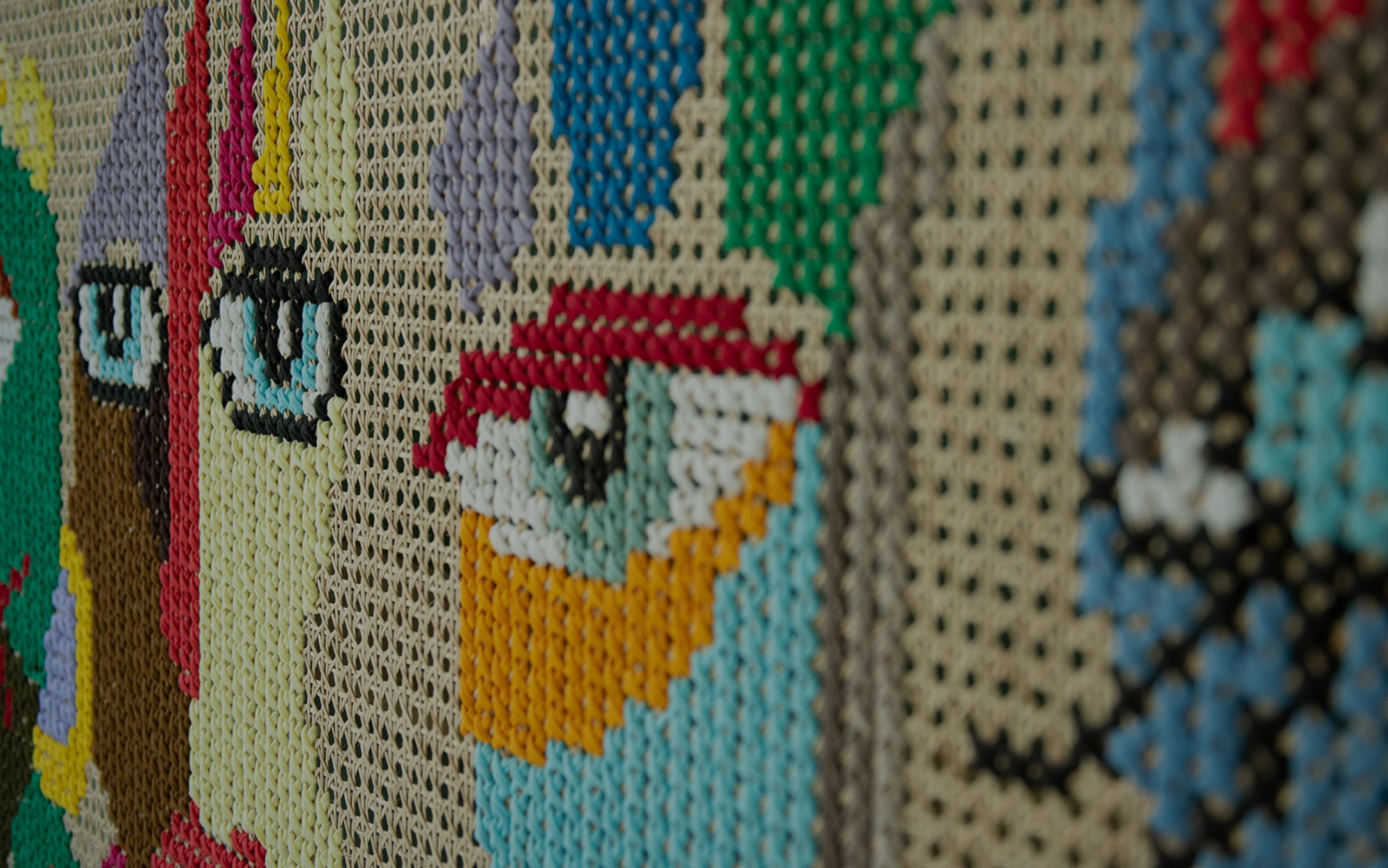What is Veyari
Veyari is a term coined by artist Saumya Kashyap. It describes a way of using thread—not for utility or design, but as a tool of rhythm, silence, and presence.
People have used thread on surfaces for centuries. Veyari gives a name to that act—when done slowly, by hand, without sketch or machine.
It is not a technique.It is a way of placing emotion into material.
Thread on Cane – A Form Founded by Saumya KashyapSaumya’s signature form of Veyari is thread on cane.
Raw cane forms the ground. Thread is placed directly—no plan, no pre-drawing. Only rhythm, tension, and intuition.
This form lives at the heart of Vystrit.

It began with silence.
Saumya Kashyap first began creating simple panels of rattan cane, framed in teakwood, to bring warmth and texture to her walls. They were beautiful — minimal, modern, deeply aligned with the design language of the time..
But after a while, the silence became apparent. The panels were admired but never felt. They offered no invitation to go deeper. There was nothing being said — only shown..
That absence became the question: What would it take for this to express something?.
So she began experimenting — not to embellish, but to communicate. And thread became her answer. Not as decoration, but as language.
She began drawing with thread on cane, composing stories in texture and rhythm. Each piece became a memory made visible.
Veyari was born — not from ambition, but from the need to give voice to a material already rich with meaning. And though it began in wood and cane, its spirit can live in anything that holds and receives thread.
Veyari is a newly coined word — but one that draws from ancient linguistic threads in Sanskrit, each syllable offering a philosophical layer to the artform.
At its essence, Veyari represents:
Ve — the weaving of materials and memories
Ya — the transformation of matter into meaning
Ri — the flow of life through structure
Together, these syllables form a name that is not just what the art is — but what the art does.
Veyari is a distillation of intent, a reflection of what the work aspires to do: To weave. To become. To flow.
Ve (वे) — To weave. To compose. To bring together. Derived from the Sanskrit root √ve, meaning: to weave, to braid, to compose, to bring together.
In Veyari, “Ve” represents more than the physical act of weaving — it speaks to the conceptual composition of the work: the assembling of materials, meanings, stories, and silences.
It is the moment when form and idea are threaded together — when past and present meet at the fingertips.
Ya (य) — That which becomes. In Sanskrit, “Ya” appears as:
A relative pronoun: the one who, that which…
A suffix (as in kārya, pūjya) to express destiny, worthiness, function, or the state of becoming.
Here, “Ya” marks transformation — when the materials are no longer just what they were. When cane becomes canvas. When thread carries memory. When the piece becomes more than its parts.
It signals emergence — of meaning, of emotion, of a new visual language.
Ri (ऋ) — To flow. To rise. To move. From the root √ṛ, “Ri” carries within it the idea of internal motion — not chaos, but rhythm.
It appears in words like:
Ṛta (ऋत) — cosmic rhythm or universal order
Ṛṣi (ऋषि) — a seer, one who moves inward in search of truth
In the context of Veyari, “Ri” represents the pulse beneath stillness — the unspoken rhythm that animates each piece.
It’s what gives the art its emotional velocity — the quiet force that makes a still work feel alive.
Veyari has no fixed material, no set geometry, no visual signature.
A work may be Veyari if it: Involves thread interacting with another material — wood, cane, textile, paper, even acrylic
Evokes a sense of tactile precision — it invites touch, or the memory of it
Holds emotional rhythm — structured but not rigid, soft but not sentimental .
Feels like a visual pause — where you sense something held, not just shown
Veyari is a language. And languages evolve. What matters is the intention, the rhythm, and the truthfulness of the making.

What Makes a Work Veyari
Done entirely by hand
No pre-drawn lines or digital templates
Thread is the main expressive medium
The work carries rhythm, repetition, and stillness
Imperfections are part of its truth
The Veyari Charter
1. Veyari is a language, not a technique.
It is defined not by method, but by philosophy. Any work where thread enters into dialogue with another material — to express, not to decorate — may belong to this language.
2. Dialogue is central.
Between thread and surface. Between memory and material. Between the maker and what is being made.
3. Intention defines the work.
There are no fixed rules about what surfaces are allowed. But every Veyari piece must carry emotional precision — slow, honest, rhythmic, and reflective.
4. Expression before ornamentation.
The thread must carry meaning, not mimicry. This is not embellishment — it is embodiment.
5. Use the name with respect. You may describe your work as:
“In the language of Veyari
“Inspired by the Veyari tradition
“Based on the principles of Veyari
You may not use the name:
As a brand for unrelated products
As a patented technique or exclusive method
To suggest ownership of the movement
6. Let it evolve.
Veyari was born from intuition, not instruction. It is a seed — to be nurtured, adapted, and grown by many hands. But always with the same roots: thread, rhythm, and memory.
Veyari is not new.
It’s a name for something that has always existed—quietly.
Now, it has a home.




.jpg)
.png)
.jpg)